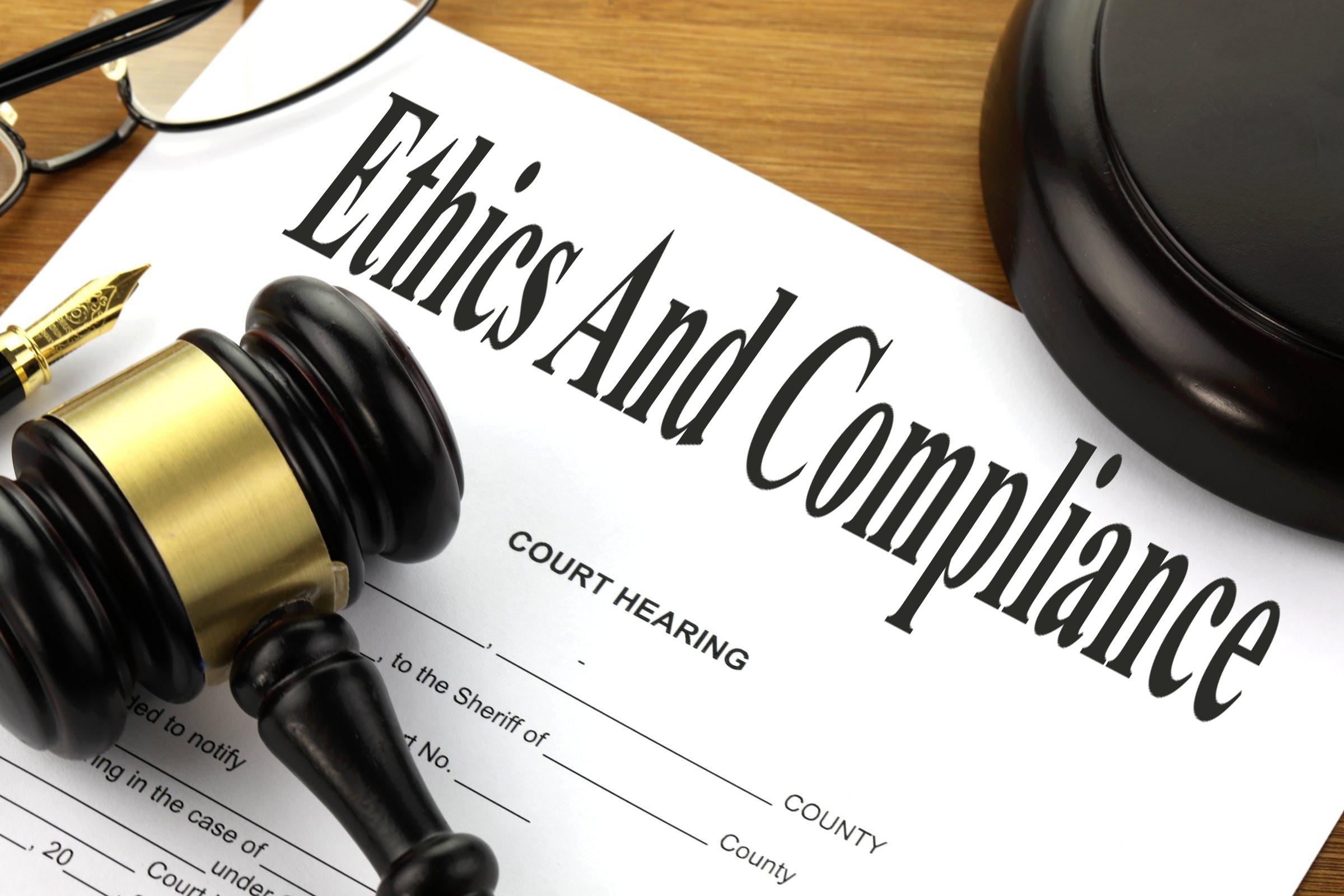Introduction:
Tree removal is a common practice carried out for various reasons, such as land development, hazard mitigation, and aesthetic purposes. However, the ethics surrounding tree removal have increasingly become a point of contention. In this article, we will delve into the complexities of the ethics of tree removal, exploring the environmental, social, and moral implications of this contentious issue. Through a balanced discussion, we aim to provide a comprehensive overview of the ethical considerations that come into play when deciding to remove a tree.
Table of Contents
- – Importance of Environmental Impact Assessment
- – Consideration of Tree Health and Age
- – Involving Stakeholders in Decision Making
- – Implementing Sustainable Tree Management Practices
- Q&A
- Conclusion
– Importance of Environmental Impact Assessment
When it comes to the ethics of tree removal, it is crucial to consider the environmental impact assessment of such actions. Trees play a vital role in our ecosystem, providing oxygen, absorbing carbon dioxide, and providing habitat for wildlife. Therefore, before any tree removal is done, a thorough assessment of the environmental impact must be conducted.
Some key points to consider when assessing the environmental impact of tree removal include:
- The biodiversity of the area
- The potential disruption to wildlife habitats
- The impact on air quality and carbon sequestration
By conducting a comprehensive environmental impact assessment before any tree removal takes place, we can ensure that we are making informed decisions that prioritize the health of our planet and its inhabitants.
– Consideration of Tree Health and Age
When it comes to the ethics of tree removal, one important factor to consider is the health and age of the tree. Trees play a vital role in our ecosystem, providing oxygen, shade, and habitat for various species. As such, it is crucial to assess the health of a tree before deciding to remove it.
Factors to consider when evaluating tree health and age include:
- Signs of decay or disease: Look for visible signs of decay, such as fungi growing on the trunk or branches, or discolored leaves.
- Age of the tree: Older trees may be more susceptible to disease and decay, making them more prone to falling or causing damage.
- Structural integrity: Assess whether the tree has any structural issues, such as weak roots or leaning branches, that could pose a risk.
| Tree Health Status | Action |
|---|---|
| Healthy tree | No immediate action needed, consider regular maintenance. |
| Decaying or diseased tree | Consult with an arborist to determine the best course of action, which may include removal. |
| Older tree with structural issues | Assess the risk of keeping the tree versus removing it for safety reasons. |
– Involving Stakeholders in Decision Making
Tree removal is a complex issue that often involves multiple stakeholders with varying perspectives and interests. It is crucial to involve these stakeholders in the decision-making process to ensure that their voices are heard and taken into account. By engaging with stakeholders, we can work towards finding a solution that considers the ethical implications of tree removal and addresses the concerns of all parties involved.
Benefits of involving stakeholders in decision making:
- Increased transparency
- Enhanced trust and credibility
- Improved decision-making process
- Greater acceptance and support for the decision
| Stakeholder | Concern |
|---|---|
| Local residents | Loss of green spaces |
| Environmental activists | Impact on ecosystem |
| City officials | Public safety concerns |
– Implementing Sustainable Tree Management Practices
In the realm of sustainable tree management practices, the topic of tree removal often sparks heated debates among environmentalists, arborists, and homeowners alike. While trees provide numerous benefits to the environment and the community, there are situations where tree removal is necessary for safety reasons or to make room for new development. The ethics of tree removal involve weighing the benefits of preserving trees against the potential harm they may pose.
When considering whether or not to remove a tree, it is important to take into account the following factors:
- Health of the tree: Is the tree diseased or damaged beyond repair?
- Location: Is the tree causing damage to nearby structures or posing a hazard to people or property?
- Species: Is the tree an invasive species that could harm the local ecosystem?
| Factors to Consider: | The health of the tree, its location, and species. |
|---|
Q&A
Q: Why is it important to consider the ethics of tree removal?
A: Tree removal can have a significant impact on the environment and ecosystems, so it is essential to consider the ethical implications of such actions.
Q: What are some ethical considerations to take into account when removing trees?
A: Some ethical considerations include the preservation of biodiversity, the impact on wildlife habitats, and the potential consequences for local communities and future generations.
Q: How can we balance the need for tree removal with ethical considerations?
A: It is important to conduct thorough assessments of the reasons for tree removal and explore alternative solutions, such as planting new trees or implementing sustainable land management practices.
Q: What role does community engagement play in ethical tree removal?
A: Engaging with local communities and stakeholders can help ensure that their concerns and perspectives are taken into account when making decisions about tree removal.
Q: Are there any specific guidelines or regulations governing the ethical removal of trees?
A: Many regions have regulations in place to govern tree removal, such as requiring permits for certain types of trees or establishing protected areas where tree removal is prohibited. It is important to adhere to these regulations to ensure ethical practices.
Conclusion
In conclusion, the ethics of tree removal is a complex and nuanced topic that requires careful consideration and weighing of various factors. While the removal of trees can be necessary for safety, development, and other practical reasons, it is crucial to approach the process with a thoughtful and ethical mindset. By evaluating the environmental impact, considering alternatives, and engaging in transparent communication with stakeholders, we can strive to make responsible decisions regarding tree removal. Ultimately, with proper consideration and ethical guidelines in place, we can work towards finding a balance between human needs and the preservation of our natural environment.
Simpsons Tree Services, Servicing Melbourne’s North Eastern Suburbs
Book a quote online at www.simpsonstrees.com.au




